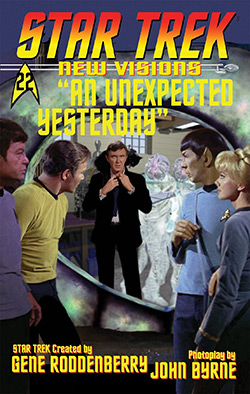Star Trek: New Visions #22 is the final entry in John Byrne’s four-year photostory comic, and I’ve got a lot of disappointment to share about it.
I like to think that I’m well-plugged into the comics ‘verse, and I’m also as much a Star Trek fan as the next phaser-carrying Trekkie — and while I don’t like telling anyone their job, I’m really surprised that I haven’t seen much lot of marketing support or news about the conclusion of this long-running publication.
Why wasn’t there more of a fuss over the final issue of this series? When a comic as unique as this one ends, it’s an event. The fact that it was the final issue — with no hope if it’ll re-emerge in another form — was enough of a disappointment for me that I didn’t want to get the sense that it wasn’t a big deal to anyone else in comics. That was an extra bit of salt in the wound.
I was expecting a little more pomp and circumstance, but I guess New Visions was just another story.
The other sense of disappointment comes from the tone of the book. I know that Byrne had been hoping that he’d be able to get another two issues out of this project, so closing the story at #22 seemed to be a bit of a surprise when he announced the news some months back.
In any event, this didn’t seem like a final issue to me. There was no philosophical musing, no final notes from Byrne or IDW’s editorial team… even the issue length was the same as the previous releases. Final issues usually have a sense of. well, finality to them – but here there wasn’t anything to indicate that Issue #22 is the end of the line.
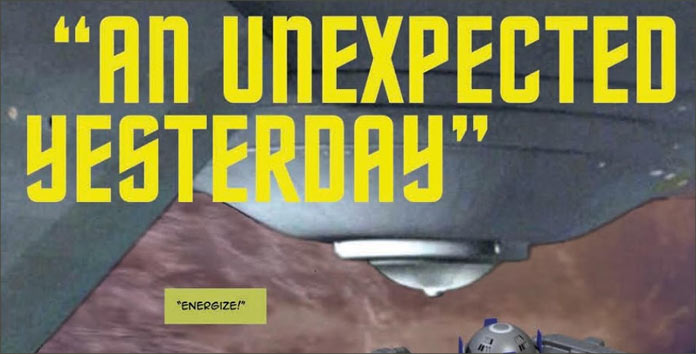
The somewhat abrupt ending to New Visions probably had something to do with the departure of Chris Ryall from IDW Publishing this past spring — Ryall’s editorial support on this book was definitely noteworthy. Not only did Chris work closely with John, but he also accompanied him to both Mission: New York in 2016 and STLV in 2017 to help promote the comic, which says something about Ryall’s influence and his dedication to this book.
As I indicated before, Byrne had originally thought he might be able to do 24 issues, which seemed a less odd number then a somewhat unceremonious 22 issues. Perhaps there were publishing issues, or perhaps Byrne didn’t want to continue without Ryall heading IDW. Whatever the issue, I think I would have preferred an even two dozen issues with more of a build up to the last one.
Byrne’s Twitter feed mentioned that it was possibly this might be “his last swan song in the comic book industry…” but I don’t think that’ll happen.
Putting all this aside though, let’s look at the story. Titled “An Unexpected Yesterday,” the Enterprise is called to investigate odd activity on the planet of the Guardian of Forever. A very coincidental choice of subject material, with the creator of the Guardian of Forever, Harlan Ellison, passing away last week. There was a very classy note of acknowledgement to Ellison in the opening credits.
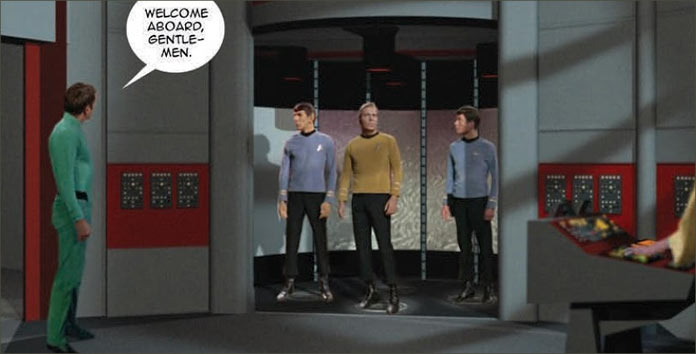
There’s a great scene on page 8, as Kirk, Spock and McCoy converse with the Guardian to determine the change in the time stream. It’s a small frame, but we can see the trio of Starfleet officers talking to the stone circle that we have come to know as the Guardian.
In the original teleplay, Ellison meant for the Guardian to be plural and the entire city was to be populated by them. Byrne gives another nod of acknowledgement to Ellison with the depiction of an entire city on the horizon. It’s subtle, but if “The City on the Edge of Forever” was your favourite episode, you’d notice it.
The joy in reading this comic was the cameo appearances of previous significant guest characters or villains. Kor’s appearance a few issues back was a wonderful treat. In this issue, not only do we get a return to the Guardian’s planet, but we also get Lieutenant Carolyn Palamas (remember her from “Who Mourns for Adonais?”) as the Archaeology and Anthropology officer assigned to the orbiting space station around the planet.
Assisting the time travelling Spock and Kirk is “Assignment: Earth” hero Gary Seven. Byrne had freedom to use these fan-favourite characters and create entirely new stories around them, much to the entertainment of devout Original Series fans. Sadly, we won’t see these actors portraying these characters again. as Byrne was able to use their images from the 1960’s – a decent and completely worthy testament to their contributions to Star Trek.
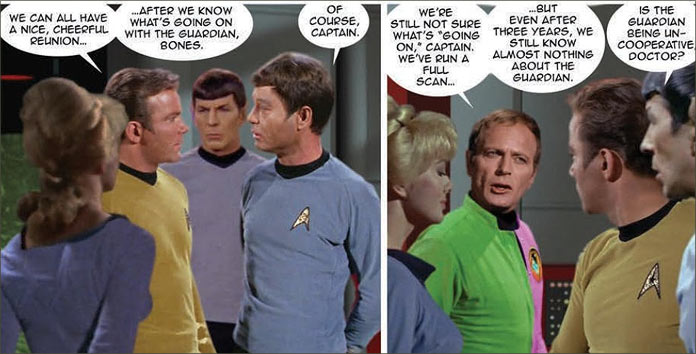
Yeah – like I said: disappointment. I mean, unlike the original show’s direction, in this book, Byrne was free to put the spotlight on any of the supporting characters from the show. Uhura played more of an active role in many of the issues as did Scotty, Sulu, and Chekov.
He even changed the typical presentation of Yeoman Rand in a couple of stories. Rand was more than the ‘Captain’s girl;’ she was a fully competent and trained member of the crew who, if I remember correctly, operated the weapons systems, a high-priority area of the ship. Byrne expanded the scope of these characters as not only a Star Trek creator but also as a devoted fan.
Only a devoted fan would include the mention of Edith Keeler in the story too. After all, not only did Kirk restore time in the last encounter with the Guardian, he did so at a great personal cost. It’s touching that both Spock and McCoy demonstrate their concern to their friend. That’s a fan moment right there that any reader of this book would appreciate and understand.
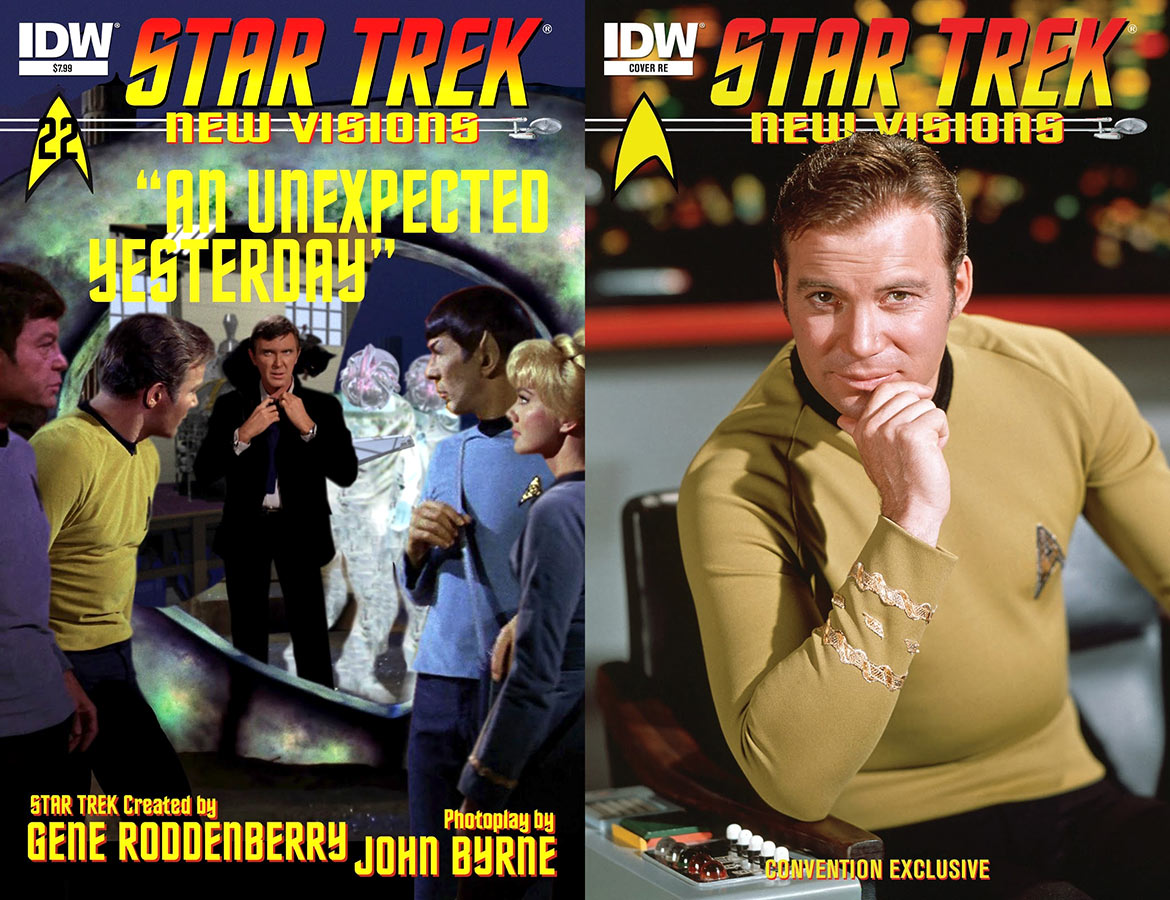
Byrne’s extended interaction with the Guardian is also a fun aspect to this story. The Guardian is more defined, has more of a personality and from the scientists working with it above the planet, we can intimate that it welcomes the company and freely feeds information to the research scientists. It is mechanical enough though to infuriate Dr. McCoy, who exhibits the same frustration with it as he does Spock. This lends itself to somewhat light moments, very much in line with the same sense of humour as the original series.
Byrne brought life and dignity back to TOS. I think that’s the best thing I can say about his book. But the worst thing I can say is that it’s over — to me, that’s the biggest disappointment about this final issue.
Second star to the right, and straight on ‘til morning, Mr. Byrne!

